The museum sector has been abuzz with significant events and exhibitions in recent weeks. From the preservation of Civil Rights artifacts to the unveiling of contemporary art retrospectives, the cultural landscape is witnessing dynamic transformations.
In Dearborn, Michigan, the Henry Ford Museum has undertaken a monumental preservation project by relocating the Jackson Home from Selma, Alabama. This historic site, pivotal to the Civil Rights Movement, was meticulously disassembled and transported over 1,000 miles to be reconstructed at Greenfield Village. The museum's commitment to historical accuracy stands in contrast to recent federal actions aimed at diminishing the focus on race and diversity in public institutions. Critics argue that such moves threaten to erase essential aspects of American identity and history.
Meanwhile, the Metropolitan Museum of Art in New York is hosting a retrospective of artist Lorna Simpson. The exhibition showcases Simpson's evolution from conceptual photography to emotionally charged painting. Notable works like "did time elapse" and "Ghost Note" delve into themes of historical erasure, racial identity, and existential dread. Simpson's innovative use of media, including screen-printing and collage, offers a profound exploration of memory and suppressed narratives.
In San Francisco, the iconic Pink Painted Lady house has become the venue for a new art exhibit featuring the "honey bear" street art by artist fnnch. The exhibit, known as the fnnch Museum, opened on July 23 and displays all 116 honey bear editions in a single location. The show has attracted significant public interest, with nearly 1,500 visitors in its first week. However, the exhibit has also sparked debate, with some critics associating the honey bear symbol with gentrification and cultural displacement in the city.
In Los Angeles, several Confederate statues removed from Richmond, Virginia, during the 2020 protests are being shipped for a temporary exhibit at the Museum of Contemporary Art . The exhibit, running from October to April, aims to explore the historical impact and contemporary discourse surrounding these monuments and their removal. This initiative follows a federal review of toppled statues initiated during the previous administration.
These developments underscore the evolving role of museums in preserving history, fostering dialogue, and reflecting societal changes. As institutions continue to navigate complex cultural landscapes, their exhibitions and initiatives play a crucial role in shaping public discourse and understanding.
